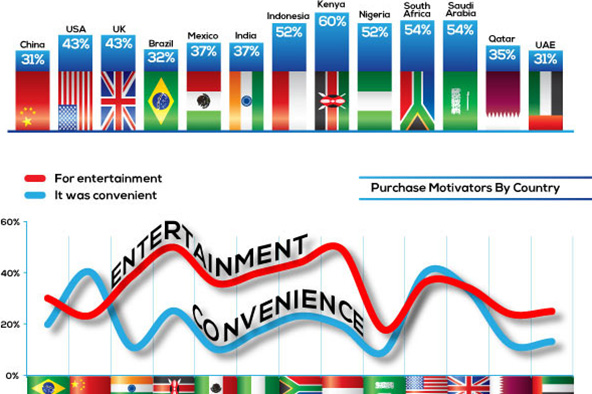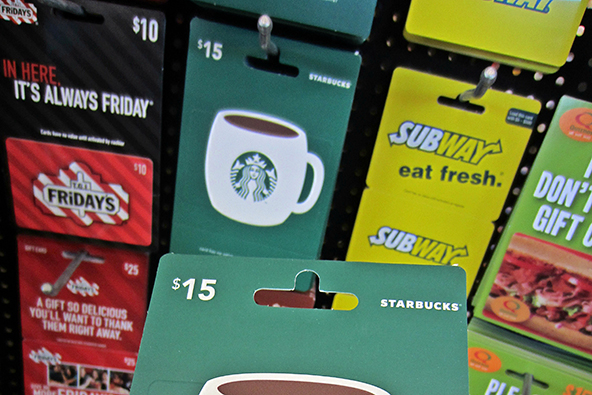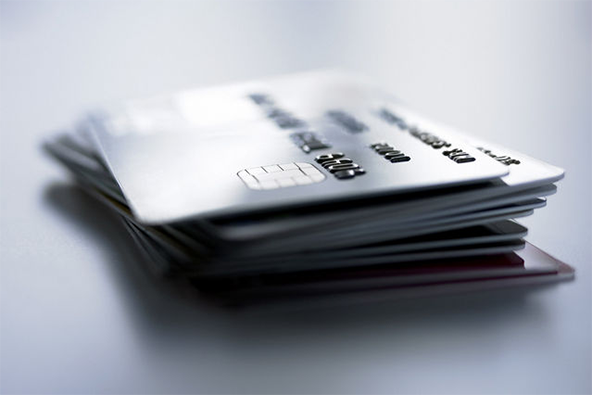Who Is Using Payday Loans?

A recent survey of the financial behavior of underbanked Millennials — 18 – 34 year old consumers — gives an answer to this question that may surprise you. It certainly surprised me. According to Think Finance, a provider of financial products for underbanked consumers, young Americans of all income groups up to $75,000 a year are using payday loans, prepaid cards and check cashing services at about equal rates and in some cases, the higher-paid Millennials are using them in higher numbers than their less well-paid counterparts.
Now, we don’t know anything about the survey’s methodology and there is no way of telling how accurate its results are. However, although Think Finance can only benefit from a perception that the alternative financial services industry is actually quite a mainstream one, I am willing to give them the benefit of the doubt, not least because I know very well how poorly understood most traditional financial products are. So let’s take a look at what they claim to have found.
Usage of Alternative Financial Services among Millennials
The survey’s authors have found that several of the alternative financial products are used at similar rates by Millennials across income levels. Here are the details:
• Prepaid debit cards — 51 percent of those making less than $25,000 in annual income reported using prepaid debit cards within the last year. The percentage was the same for those who earned $50,000-$74,999.
• Check cashing services — 34 percent of respondents who earn less than $25,000 reported using check cashing services, while almost as many in the $50,000 – $74,999 range (29 percent) turned to check cashers.
• Rent-to-own stores — 15 percent of respondents making less than $25,000 and 17 percent of those who earn $50,000 – $74,999 reported using rent-to-own stores.
• Pawn shops — 29 percent of respondents who earn less than $25,000 reported using pawn shops compared to 21 percent of respondents making $50,000 – $74,999.
We don’t know — and I wish the authors had asked — the ratio of Millennial prepaid card users who are also debit card users. The reason that’s important is that debit card users have checking accounts, into which they can deposit their paychecks at no charge. If we had this information, we would have been able to calculate with some degree of accuracy the extent to which the very high usage of check cashing services could be attributed to ignorance and how much of it — to the lack of access to checking accounts. On the other hand, most of the new-age prepaid cards — most notably the American Express one and Chase Liquid – support direct deposits, which eliminate the need for check cashing services, but these are relatively new products, which have not had enough time to make a big impact.
Regarding the usage of rent-to-own stores and pawn shops, these are mindboggling numbers. The appeal of a rent-to-own type of arrangement is that there is no commitment in it: you get a product and pay what looks like a low monthly installment fee for it, but there is no contract, so you can discontinue your payments at any time and return the item; or you can keep making your monthly payments until the purchase price is met and you get to own the product. Convenient though it may seem, this type of an arrangement is a very expensive one and every financially literate person should be able to recognize this fact. The same is true to an even greater degree about pawn shops and yet, a fifth of well-paid Millennials are using them.
The Income Does Make a Difference
But not one you may expect. In several categories the better-paid Millennials were actually the more eager users:
• Emergency cash products — Usage of payday loans, cash advance and other emergency cash products was higher among people making $50,000 – $74,999 (22 percent) than those who earn less than $25,000 (15 percent).
• Overdraft protection — 58 percent of respondents making $50,000 – $74,999 reported using overdraft protection compared with 31 percent making less than $25,000.
• Bank direct deposit advance — 37 percent of respondents who earn $50,000 – $74,999 reported using bank direct deposit advance compared with 22 percent of respondents who earn less than $25,000.
• Money transfer service — 39 percent of respondents who earn $50,000 – $74,999 used money transfer services within the last year compared with 29 percent of those who earn less than $25,000.
Now, how can a well-paid person be much more often in need of “emergency cash” than someone making twice or three times less than her? And the difference between the top and the bottom income groups is even more pronounced in the direct deposit advance category, which is a service that allows checking account users to borrow money from their bank against their next paycheck. These are both expensive services and I can only think of poor money management skills and inability to control spending among a great number of Millennials as a way of explaining the demand for them.
The Takeaway
Until not-too-long ago I thought of pawn shops as a relic of the past, the place where the protagonist of a classic 19th century novel would, after a sleepless night of tortured soul-searching, reluctantly deposit his grandfather’s watch to receive in return just enough to enable him to get by for another week. Not so, the Think Finance survey tells us. Not only are pawn shops still very much in business, but their customers are often people with good income. Well, if their data are correct, many young Americans should be busy doing a bit of soul searching of their own.
Image credit: Wikimedia Commons.



Howdy! This is my first visit to your blog! We are a team of volunteers and starting a new initiative in a community in the same niche. Your blog provided us useful information to work on. You have done a wonderful job!
Payday loans have a place in our financial system — there are millions of immigrants, low-paid workers and other who will never be accepted into the mainstream system.